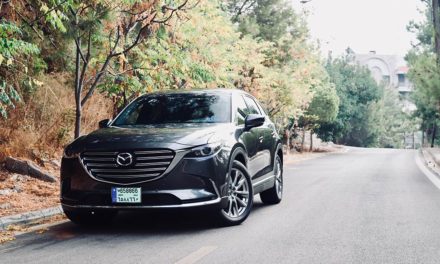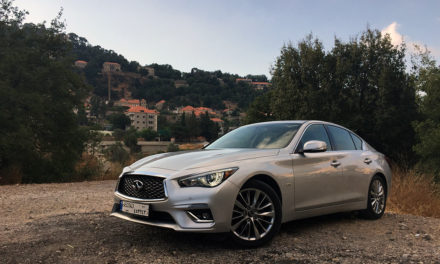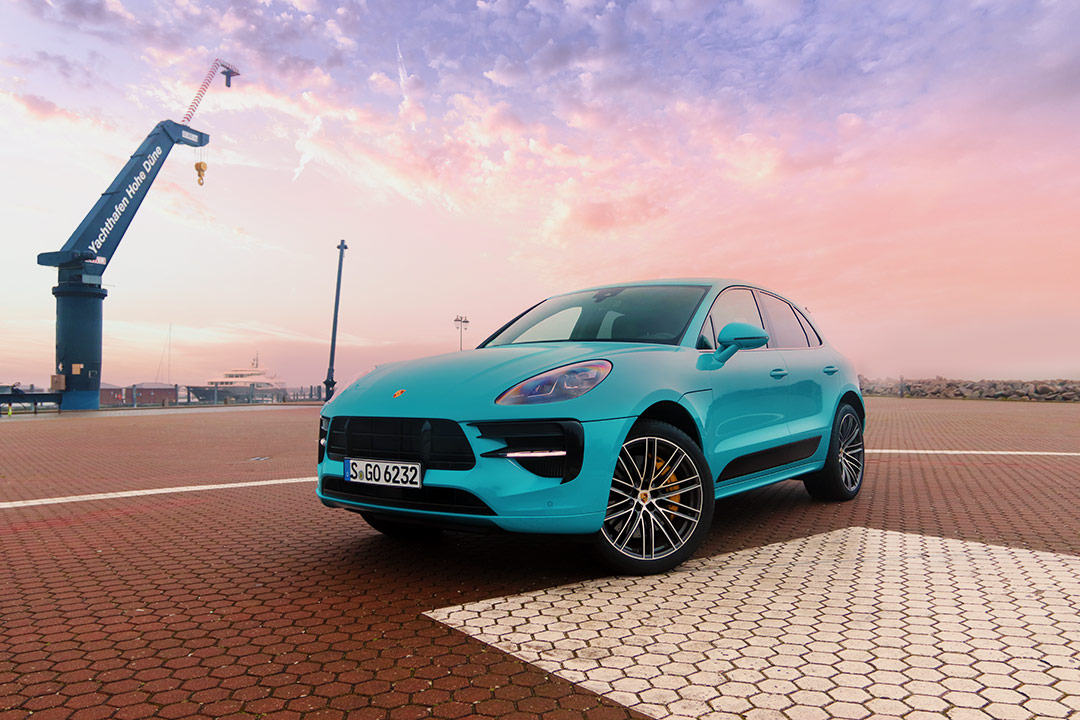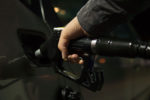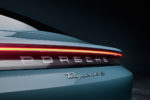hen was the last time you looked into depreciation before buying a television set or a refrigerator? Probably never, because you plan to use the appliance till it stops working or becomes obsolete, at which point you chuck it. The same policy goes for most things we buy, because in the end they’re just consumables that happen to last longer than a tube of toothpaste.
But cars are different, with most people who buy one new looking to sell it and buy another after about five years on average. And yet they use the same approach as when they buy a lawnmower, and still don’t consider depreciation as a factor when making their selection. That’s a shame, because the cost of owning a car is all about depreciation rather than the price you pay the dealer.

As you can see, even if two cars are priced the same when new, that hardly means they cost the same since the amount you can recover after a certain period varies from car to car.
A lot of factors are involved in how much a car depreciates, and it’s worth knowing how these things work when trying to make a wise purchase.
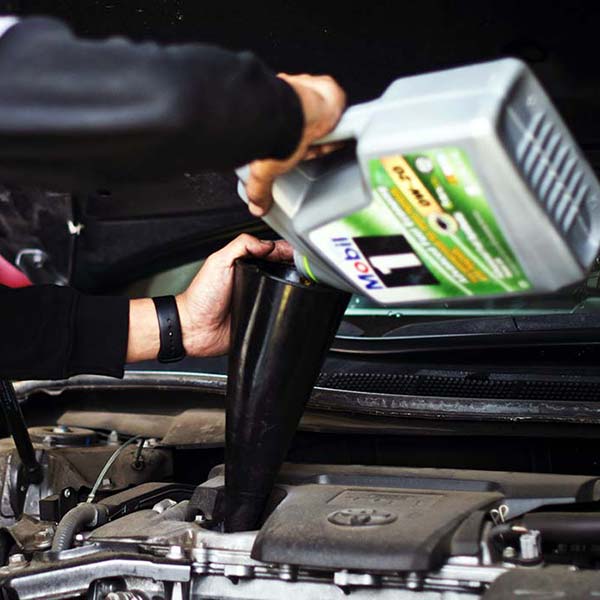
After that initial loss, you can expect to lose at least 10 percent of the residual value every year and up to 60 percent in the first five years.
After that initial loss, you can expect to lose at least 10 percent of the residual value every year and up to 60 percent in the first five years.

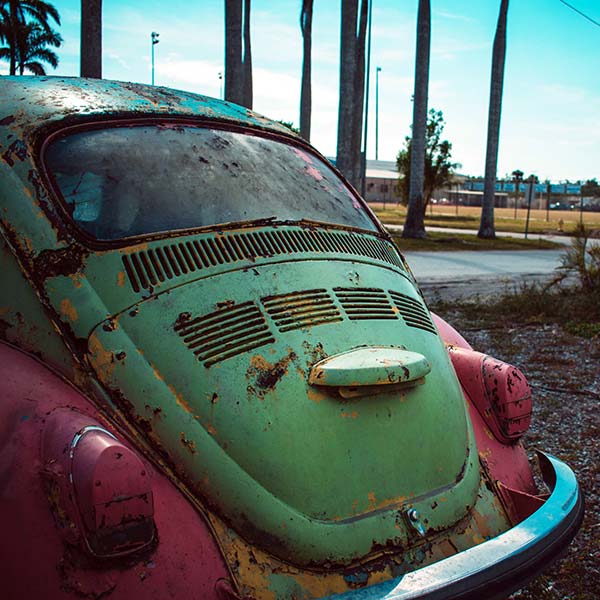
For example, electrical and mechanical components can deteriorate, and either become less efficient or stop working altogether: Seals and gaskets can leak, engines can lose compression, gears and tires can wear out, upholstery can get old, even the paint can degrade over time and the steel can corrode.
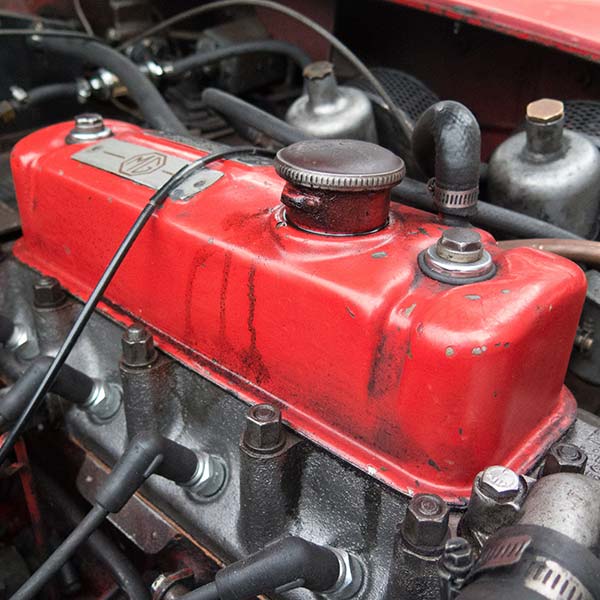
But that’s just the tip of the iceberg, because there’s more. Different cars have different running costs. Some consume more fuel, some cost more to service, some require repairs more frequently than others, and at a higher cost, and some cost more to insure. As you can imagine, this makes the car less desirable on the long run and consequently the amount people are willing to pay for it is significantly lower compared to its less-problematic peers.
But that’s just the tip of the iceberg, because there’s more. Different cars have different running costs. Some consume more fuel, some cost more to service, some require repairs more frequently than others, and at a higher cost, and some cost more to insure. As you can imagine, this makes the car less desirable on the long run and consequently the amount people are willing to pay for it is significantly lower compared to its less-problematic peers.

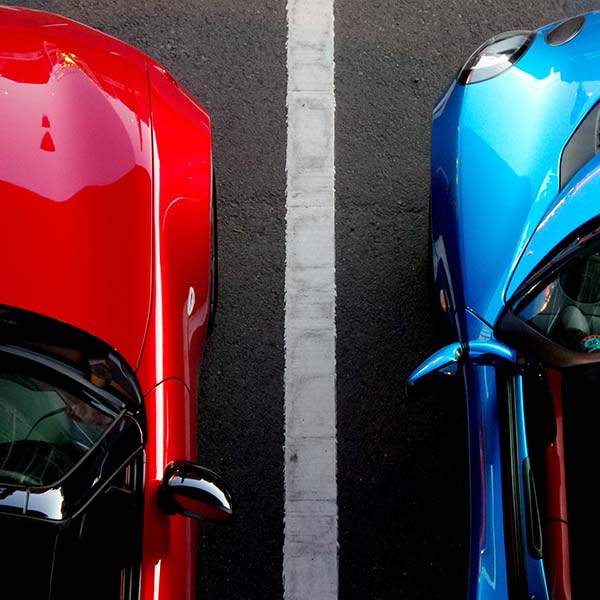
Finally, if the manufacturer releases a newer version of your car, expect that to factor into the resale value of your older model.
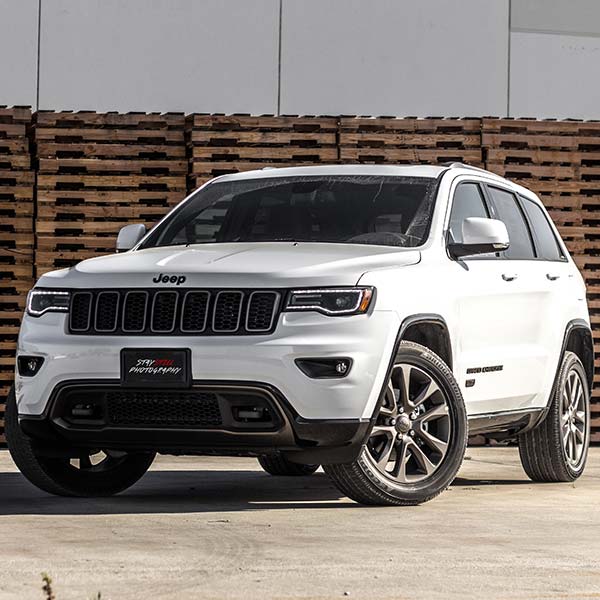
Right off the bat, it helps to buy a car that is always in demand. Examples include the Honda CR-V, the Toyota Corolla and the Nissan Sunny. And while we’re on the topic of being in-demand, stick to neutral and popular colors – metallic apple green is not everyone’s cup of tea. Cars with great reviews also tend to hold their value for much longer, as do cars with longer warranties.
Right off the bat, it helps to buy a car that is always in demand. Examples include the Honda CR-V, the Toyota Corolla and the Nissan Sunny. And while we’re on the topic of being in-demand, stick to neutral and popular colors – metallic apple green is not everyone’s cup of tea. Cars with great reviews also tend to hold their value for much longer, as do cars with longer warranties.

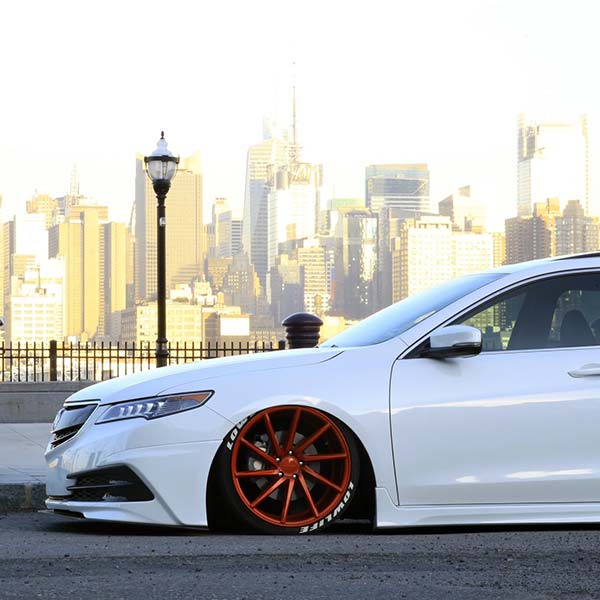
It also helps to keep the mileage as low as possible. Remember that the more miles you put on the clock, the more the car will depreciate. It also helps to look after your car, meaning always have it serviced, keep it clean, don’t abuse it, and immediately repair any damage.
Also remember that modifications may not appeal to everyone so skip aftermarket rims, body kits and pretty much anything that isn’t stock.
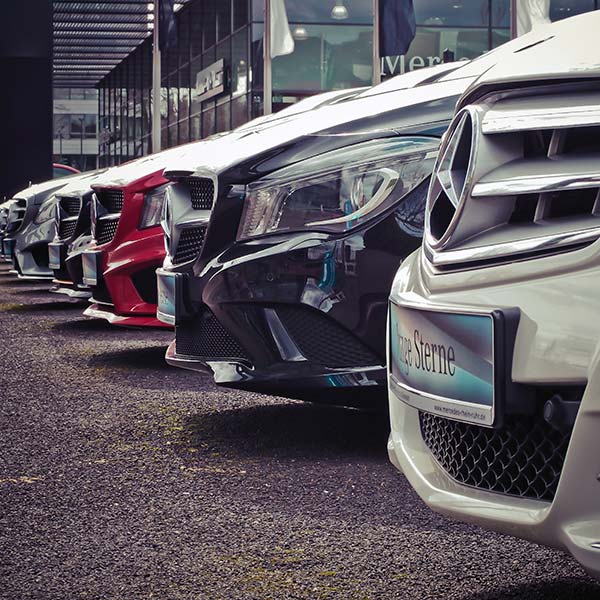
Cadillac, Mercedes-Benz, BMW, Maserati and Jaguar are just some of the luxury marque that tend to depreciate faster than their peers, and the amounts lost are obviously larger than for their more economical counterparts.
Cadillac, Mercedes-Benz, BMW, Maserati and Jaguar are just some of the luxury marque that tend to depreciate faster than their peers, and the amounts lost are obviously larger than for their more economical counterparts.


But no matter what precautions you take, depreciation is inevitable. The best you can do is to contain the damage and choose wisely so that the amount you lose is minimized.

